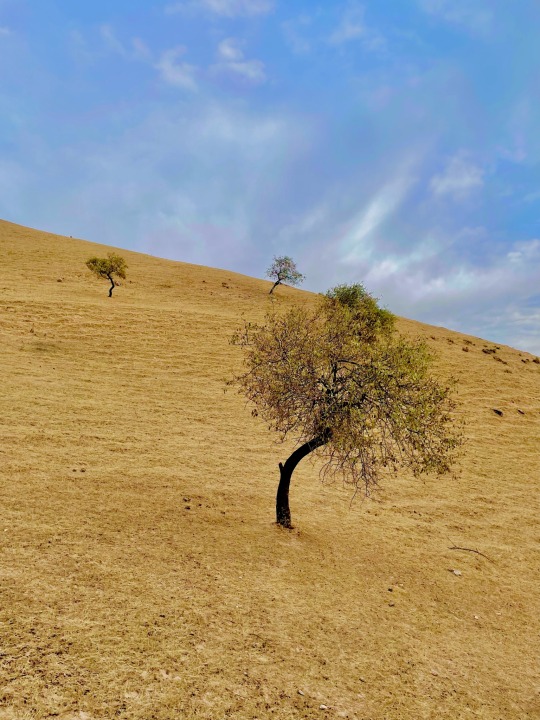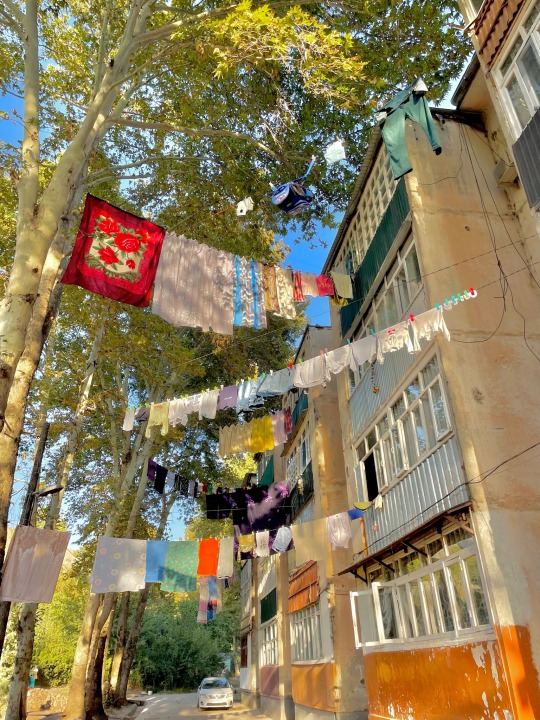#Pamir Mountains
Photo
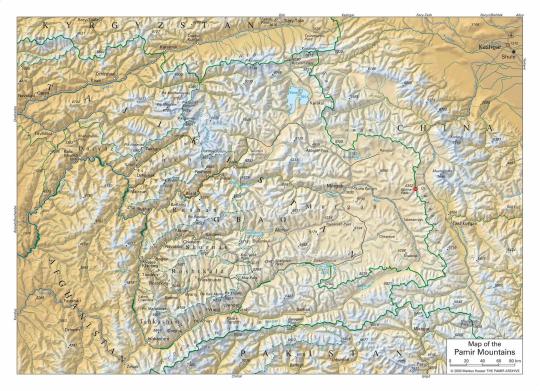
The Pamir Mountains, the "Roof of the World", in Tajikistan, Afghanistan, Pakistan, China and Kyrgyzstan
61 notes
·
View notes
Text
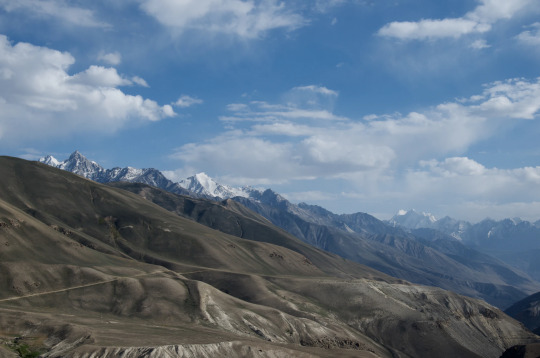
Pamir Mountains, Tajikistan
EJ Wolfson
9 notes
·
View notes
Text
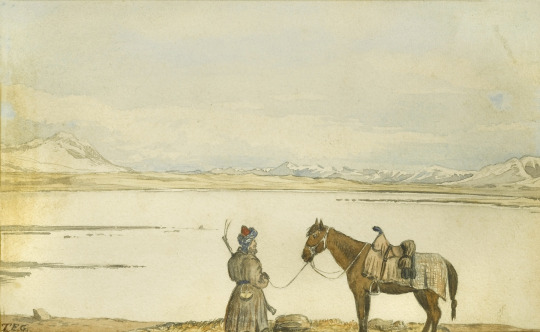
Zorkul, the Great Pamir, 1874, Thomas Edward Gordon
The Zorkul lake lies on the border between Afghanistan's Wakhan Corridor and Tajikistan's Badakhshan Mountainous Autonomous Region -- two incredibly unique locales. The Wakhan Corridor was formed in 1893 as a buffer zone to separate the British and Russian Empires. It remains a remote and beautiful part of Afghanistan, bordered by the Pamir river to the north and the Hindu Kush and Karakorum mountains to the south.
#afghanistan#wakhan corridor#pamir#hindu kush#pamir mountains#thomas edward gordon#art history#zorkul
1 note
·
View note
Text
Energy for the Pamir Mountains.
Inhabitants of Tajikistan's Pamir Mountains are pressured to overuse a highland shrub for firewood as imported fuel becomes too costly. A UN initiative is helping provide alternative energy sources and revive the sustainability of the region.
#Pamir Mountains#alternative energy#mountains sustainable development#sustainable development#energy
1 note
·
View note
Text
Afghanistan
Afghanistan is a landlocked country in South Asia, located at the crossroads of Central Asia and South Asia. It is bordered by Pakistan to the east and south, Iran to the west, Turkmenistan, Uzbekistan, and Tajikistan to the north, and China to the northeast. Afghanistan has a long and complex history, and has been the site of many conflicts and invasions throughout its history. In this essay, we…
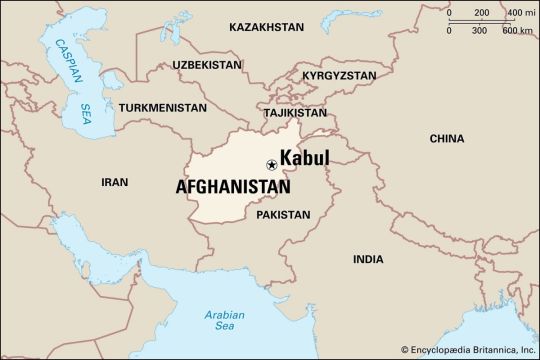
View On WordPress
#Achaemenid Empire#Alexander the Great&039;s empire#ashak#Ashraf Ghani#Central Asia#Hephthalite Empire#Herat#Hindu Kush#ISIS#Islam#Jalalabad#Kabul#kabuli palaw#Kandahar#landlocked#mantu#Mazar-i-Sharif#Mohammed Daoud Khan#mountainous#Pamir mountain ranges#Silk Road#South Asia#Taliban#the Kushan Empire#the Maurya Empire
0 notes
Text
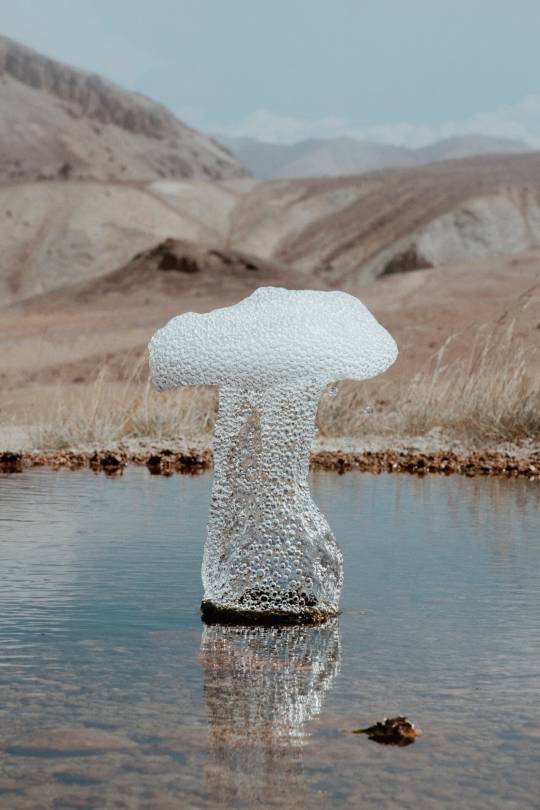
Icy Mushroom Clouds Spring from a Tiny Geyser in Tajikistan’s Pamir Mountains
2K notes
·
View notes
Photo

#pamir #tajikistan #mountains #pamirhighway #travel #centralasia #pamirmountains #badakhshan #nature #adventure #travelphotography #mountain #landscape #khorog #памир #instatravel #pamirnature #kyrgyzstan #asia #gbao #roadtrip #travelgram #lonelyplanet #silkroad #mongolrally2018 #таджикистан #naturelovers https://www.instagram.com/p/CeGKjbCoo4G/?igshid=NGJjMDIxMWI=
#pamir#tajikistan#mountains#pamirhighway#travel#centralasia#pamirmountains#badakhshan#nature#adventure#travelphotography#mountain#landscape#khorog#памир#instatravel#pamirnature#kyrgyzstan#asia#gbao#roadtrip#travelgram#lonelyplanet#silkroad#mongolrally2018#таджикистан#naturelovers
0 notes
Text
パミール高原の天国の道 (*'▽') ウワー
In 2019, in the Xinjiang Uygur Autonomous Region in the Kunlun Mountains, a high-altitude highway called "Panlong" or "Heavenly Road of the Pamirs" was built. The road, which tourists nicknamed "road hell" has about 600 sharp turns, mostly 180 degrees.
( Satci さんのImgur )
329 notes
·
View notes
Text

Three Tajik teenage girls chat with each other in Tashkurgan. Pamir Mountains, Xinjiang Province, People's Republic of China.
Earl & Nazima Kowall
91 notes
·
View notes
Text

Pamir mountains, Tajikistan
EJ Wolfson
1 note
·
View note
Text

Ceramic of man and cow from the Kingdom of Khotan 7th-9th C. CE
"The origin of the name "Hephthalites" is unknown, it may stem either from a Khotanese word *Hitala meaning "Strong", from hypothetical Sogdian *Heβtalīt, plural of *Heβtalak, or from postulated Middle Persian *haft āl "the Seven Al"
In the late 5th century CE they expanded eastward through the Pamir Mountains, which are comparatively easy to cross, as did the Kushans before them, due to the presence of convenient plateaus between high peaks. They occupied the western Tarim Basin (Kashgar and Khotan), taking control of the area from the Ruanruans, who had been collecting heavy tribute from the oasis cities, but were now weakening under the assaults of the Chinese Northern Wei dynasty. In 479 they took the east end of the Tarim Basin, around the region of Turfan.
When Khosrow I died in 579, the Hephthalites of Tokharistan and Khotan took advantage of the situation to rebel against the Sasanians, but their efforts were obliterated by the Turks."
-taken from Wikipedia
92 notes
·
View notes
Text
I'm curious what ethnicity people think the al-ghuul family is. It seems a lot of people pin them as being middle eastern but my interpretation has always been closer to the Pamirs or Himalayas.
So here's my take, Ras Al-ghuul is from somewhere here (blue highlights):

He traveled here along the silk road in his young adult days or something where he picked up the name we know him by now (red highlights):

Then he set up his main base in the pamiri mountains where damien would eventually spent most of his childhood here (red highlighting on second image, first img shows where pamirs are specifically):
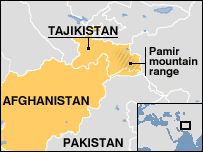

I'm fine with other interpretations, I just personally feel like most westerners seem to lump Asia as only meaning east Asian ethnicity and forget a lot of "arabic" type people are also ethnically Asian and not just from the middle east. (Source my own life experience having spent 18 years in central asia and then moving to the usa). So yeah, central asian Damian holds a special place in my heart 😌💜
21 notes
·
View notes
Text
Please reblog for a bigger sample size!
If you have any fun fact about Kyrgyzstan, please tell us and I'll reblog it!
Be respectful in your comments. You can criticize a government without offending its people.
43 notes
·
View notes
Photo

200 Mountain Range/Highland Regions of the World, sort by peak elevation
by u/BerryBlue_BlueBerry
Notes in the image :
Mountain Range Classification System (Range_3) and elevation numbers are from Peakbagger.com (with a bit of naming & border adjustments for simplicity)
Notice : The map-list ranked regions according to peak elevation per region, this means regional 2nd, 3rd, 4th... doesn't count. So this isn't a list of highest individual mountains, and some of the country high points won't be included because they aren't the highest in the region. For example: Ismoil Somoni Peak (7495m), highest mountain in Tajikistan doesn't count, because she is classified in ''Pamir'', which is only the 4th highest mountain in the region.
70 notes
·
View notes
Text
Barmanou
The Barmanou is a bipedal humanoid primate cryptid that inhabits the mountainous region of northern Pakistan. Shepherds living in the mountains have reported sightings.
The Barmanou is the Pakistani equivalent of the Bigfoot. The term Barmanou originating in Khowar, but now used in several Pakistani languages including Urdu, Shina, Pashto and Kashmiri. In addition to the name Barmanou there are a few local variant names as well.

The proposed range of the Barmanou covers the Chitral and Karakoram Ranges, between the Pamirs and the Himalaya. This places the Barmanou between the ranges of two more-famous cryptids, the Almas of Central Asia and the Yeti of the Himalayas.
The Barmanou allegedly possesses both human and apelike characteristics and has a reputation for abducting women and attempting to mate with them. It is also reported to wear animal skins upon its back and head. The Barmanou appears in the folklore of the Northern Regions of Pakistan and depending on where the stories come from it tends to be either described as an ape or a wild man.
The first search in Pakistan for Bipedal Humanoid man was carried out by a Spanish zoologist living in France, Jordi Magraner, from 1987 to 1990. He wrote a paper, Les Hominidés reliques d'Asie Centrale, on the Pakistani cryptid – the wild man.
He later researched the Barmanou extensively in the 1990s, but was murdered in Afghanistan in 2002. Loren Coleman wrote that he "collected more than fifty firsthand sighting accounts, and all eyewitnesses recognized the reconstruction of Heuvelman's homo pongoides ["apelike man"—i.e., a living Neanderthal.]. They picked out homo pongoides as their match to Barmanu from Magraner's ID kit of drawings of apes, fossil men, aboriginals, monkeys, and the Minnesota Iceman."
In May 1994, during a search in Shishi Kuh valley, Chitral, cryptologist Jordi Margraner, Anne Mallasseand and another associate reported that once during a late evening they heard unusual guttural sounds which only a primitive voice-box could have produced. No further progress could be made.
26 notes
·
View notes

